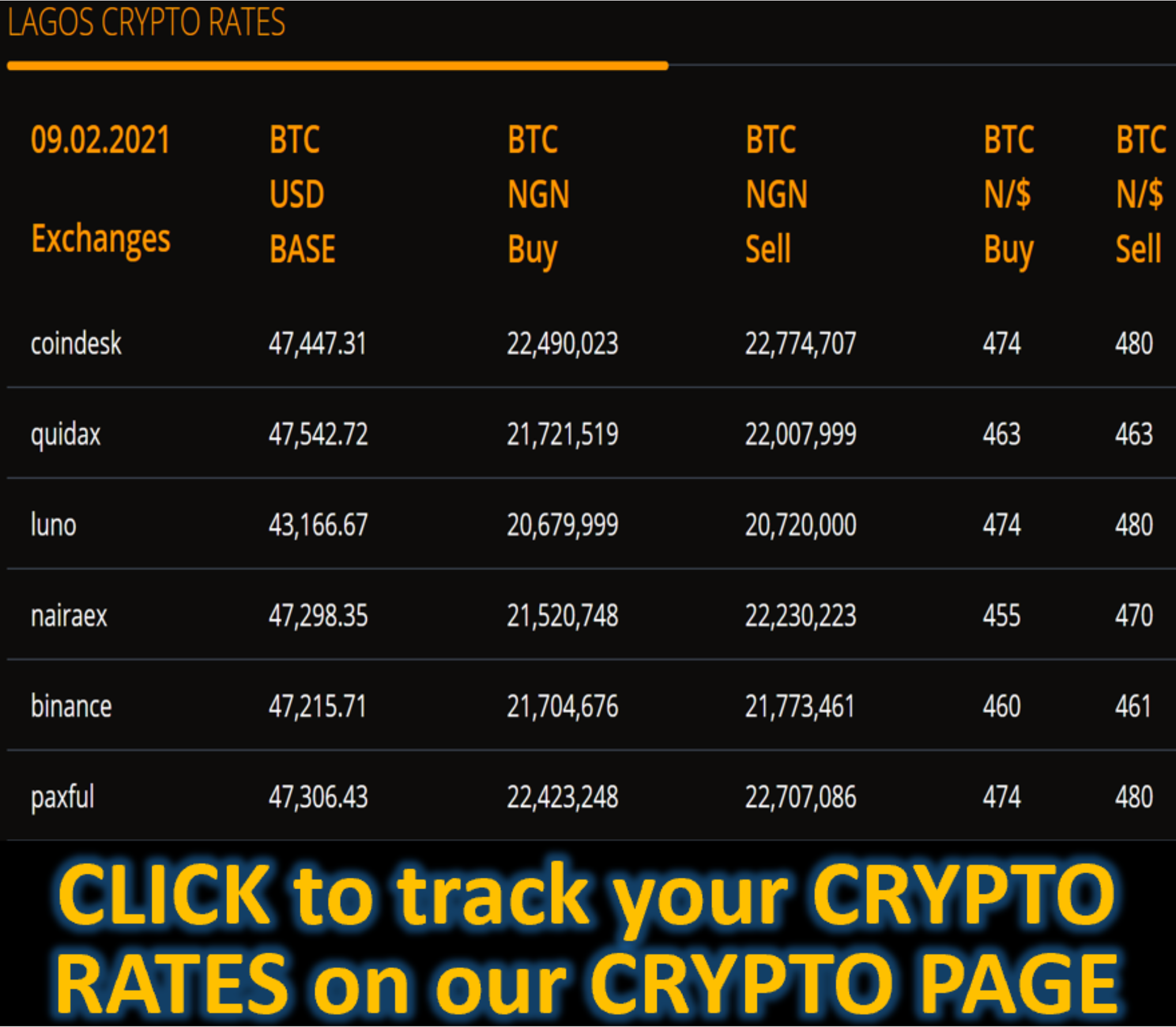Market News
Naira loses 0.3% as external reserves rise by $2.16bn in July - BUSINESSDAY
The naira depreciated slightly by 0.3 percent against the dollar at the official foreign exchange (FX) market in July, even as Nigeria’s external reserves rose by $2.16 billion, reflecting improved FX inflows and continued market stability.
The local currency, which opened at N1,529.57 per dollar on July 1, 2025, closed the month at N1,533.55 on Thursday, losing N3.98 over the 31-day period, according to data published by the Central Bank of Nigeria (CBN).
On a day-on-day basis, the naira remained stable on Thursday, closing at N1,533.55 per dollar, a marginal gain of N0.97 or 0.06 percent from the N1,534.52 recorded the previous day at the Nigerian Foreign Exchange Market (NFEM).
At the parallel market, also known as the black market, the naira ended July unchanged at N1,560 per dollar. However, during Thursday’s trading, it depreciated by 0.6 per cent from N1,550 on Wednesday, marking a daily loss of N10.
Nigeria’s foreign reserves climbed to $39.35 billion as of July 30, 2025, reflecting a 5.8 percent increase from $37.19 billion at the beginning of the month. Analysts attribute the rise to FX market reforms, improved diaspora remittances, and higher foreign portfolio inflows, supported by a rebound in crude oil production.
A new report by United Capital Research projected improved investor sentiment could further stabilise the FX market, with a potential for mild naira appreciation. The firm forecasts the naira to close the year within the N1,490–N1,520 range.
Similarly, Uche Uwaleke, professor of Capital Market and president of the Capital Market Academics of Nigeria, noted in his mid-year macroeconomic review that the naira stabilised at around N1,550 following CBN reforms. “Reserves have risen to $38 billion, up from $33 billion in December 2024, while the parallel market premium narrowed from 35 percent in March to about 18 percent in June,” he said.
CBN data as of July 28, 2025, also showed gross external reserves stood at approximately $39 billion, enough to cover about nine months of imports. The naira is currently trading at around N1,533 per dollar in the official market and within the N1,530–N1,537 range in the parallel market, suggesting near convergence of both exchange rates, he said.
Despite this convergence, analysts at Renaissance Capital estimate the naira remains overvalued by about 26 percent when compared to its historical real effective exchange rate average. Nonetheless, the currency’s relative stability, bolstered by ongoing FX reforms, is seen as supportive of investor confidence in the second half of 2025.
According to Uwaleke, the naira is expected to maintain stability within a narrow band through the rest of the year. Key factors supporting this outlook include CBN reforms, sustained FX market interventions, modest recovery in reserves, and expected inflows from the Federal Government’s planned $21 billion external borrowing and $2 billion domestic dollar loan. He added that the $1.1 billion Eurobond bullet repayment due in November is not expected to pressure reserves or the exchange rate significantly.









